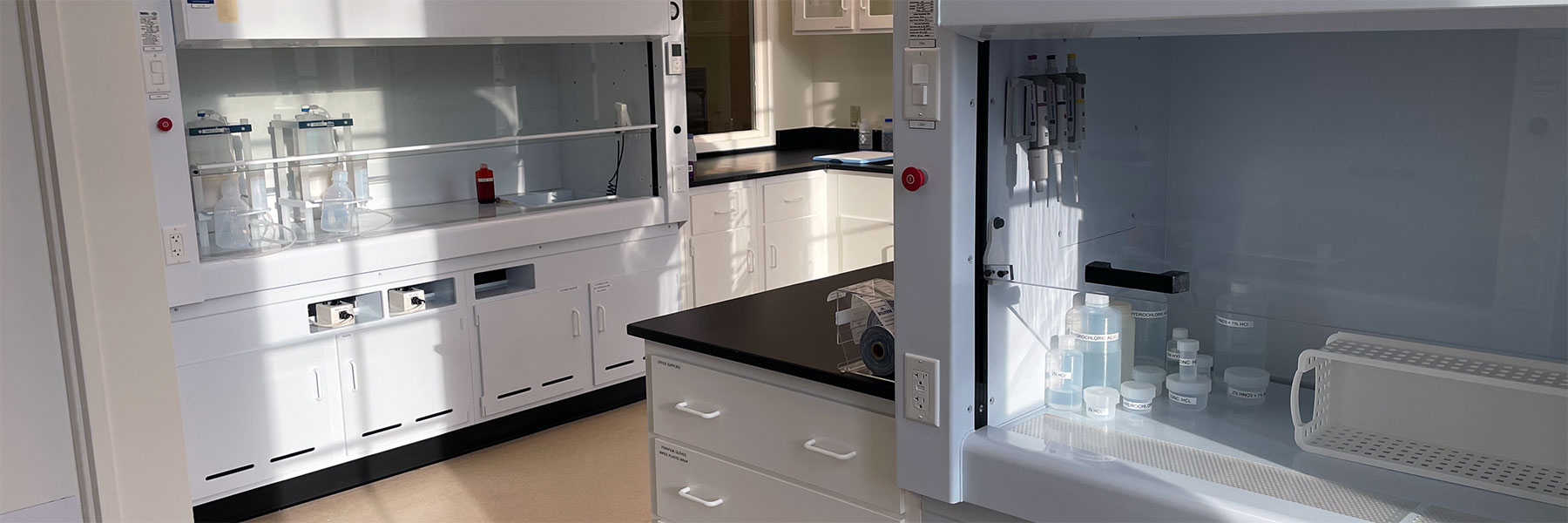Here in the Indiana University Department of Earth and Atmospheric Sciences we have had a long history in the application of what are often referred to as “conventional” stable isotopes (light elements such as S, C, O, H, and N) to studies of a range of low- to high-temperature geological processes.
Non-traditional Stable Isotope Lab
Technological developments over the past twenty years have now made it possible to make precise isotopic ratio measurements of many elements, even those once thought to be too “heavy” for significant isotopic fractionation or as a result of predominantly ionic bonding not likely to fractionate isotopes.
Instruments like Multi-Collector Inductively Coupled Plasma Mass Spectrometers have now made it possible to determine isotope ratios for elements such as Fe, Cu, Zn, Ni, S, Mg, Ca, Mo, Cr, Sn, W, V, Ti, Se, Pt, and Hg, to name just a few. Many of the elements are redox sensitive and variations in their isotopic ratios have led to increased understanding of mechanisms that control both low- and high-temperature fractionation.
We are still learning how variations in isotopic ratios function as tracers of a host of important geochemical processes.


